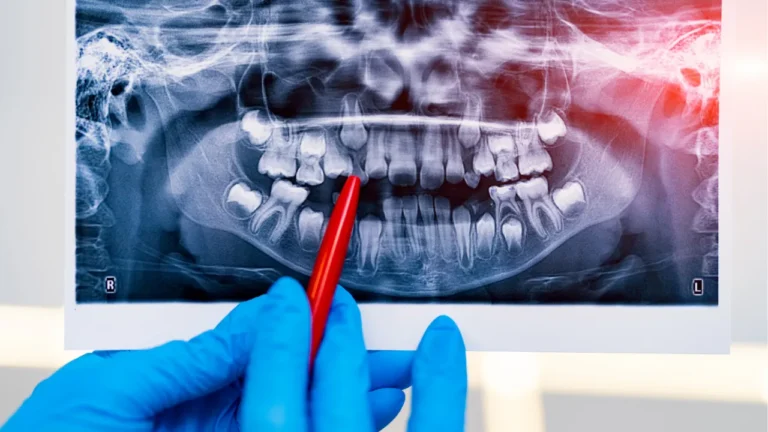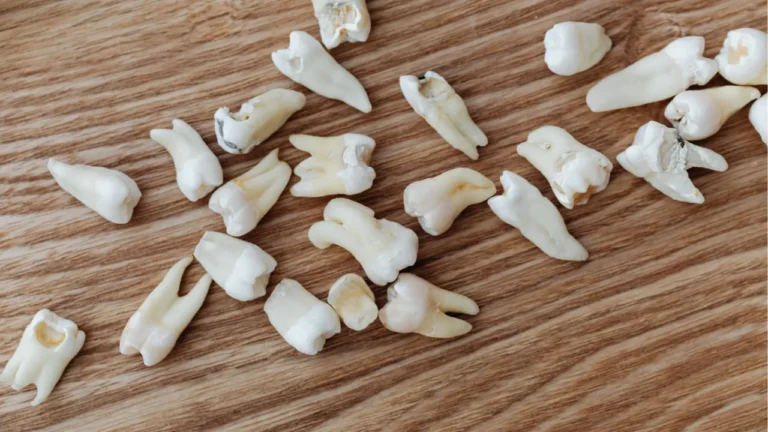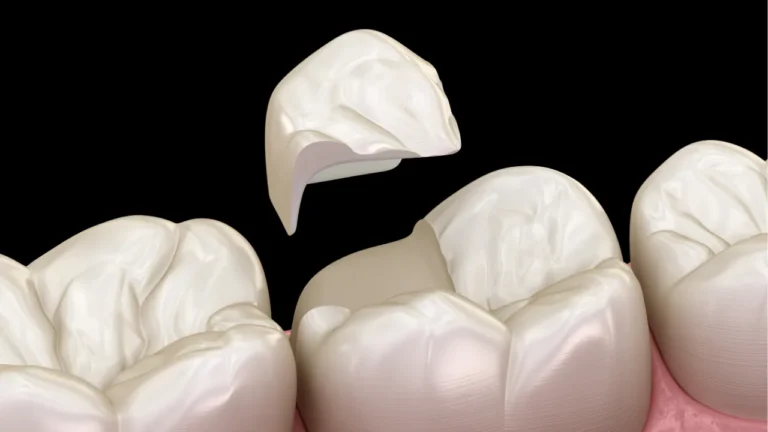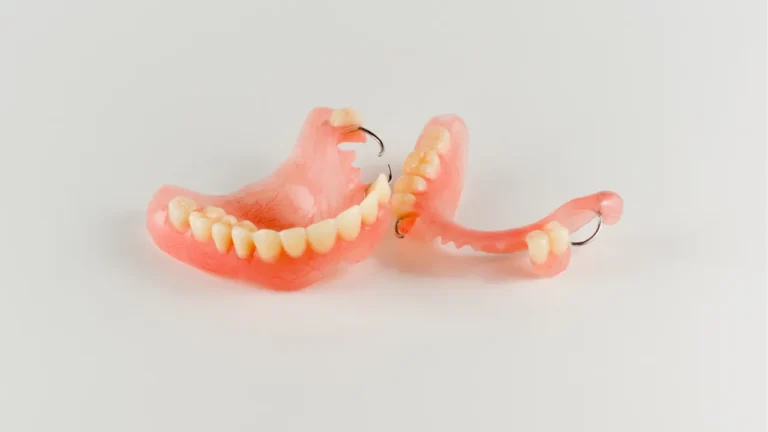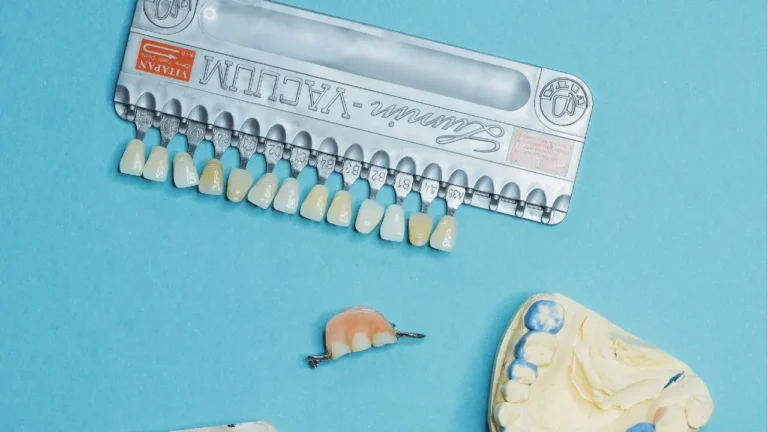When a tooth’s pulp—the soft tissue containing nerves and blood vessels—becomes infected or inflamed, it can lead to severe pain and further dental complications.
Root canal therapy offers a solution by removing the damaged tissue, disinfecting the area, and restoring the tooth’s integrity. This procedure not only preserves your smile but also prevents the spread of infection, contributing to your overall oral health.
Quick Summary
- Tooth pulp can get infected from decay or cracks.
- Root canal therapy removes infected pulp, cleans the canals, and restores the tooth.
- Benefits include pain relief, tooth preservation, cost-effectiveness, and maintaining oral function.
- The procedure involves diagnosis, anesthesia, pulp removal, canal cleaning, and tooth restoration.
What is Root Canal Therapy?
Root canal therapy, often simply called a “root canal,” is a dental treatment aimed at saving a tooth that has been compromised by decay or infection. Here’s what happens when the pulp is affected:
- Infection and Inflammation: Bacteria from deep decay or cracks in the tooth can invade the pulp, causing pain and swelling.
- Necrosis: Without treatment, the pulp may die (necrosis), leading to an abscess—a pocket of pus that can spread the infection to surrounding tissues.
- Preservation of the Tooth: Rather than extracting the affected tooth, a root canal procedure removes the damaged tissue, cleans the inside of the tooth, and seals it to prevent further contamination.
The Root Canal Process: A Step-by-Step Guide
1. Initial Examination and Diagnosis
Before beginning the treatment, your dentist will perform a thorough examination, including X-rays, to determine the extent of the infection.
This step ensures that root canal therapy is the appropriate course of action.
2. Administration of Local Anesthesia
To ensure your comfort, the affected tooth and surrounding area are numbed with local anesthesia.
This step eliminates pain during the procedure, allowing you to relax as your dentist works.
3. Isolation of the Tooth
A rubber dam is placed around the tooth to keep it dry and free from saliva.
This isolation is crucial for maintaining a sterile environment during treatment.
4. Accessing the Pulp Chamber
Your dentist creates a small opening in the crown of the tooth to reach the pulp chamber. This access point allows for the removal of the infected tissue.
5. Removal of Infected Pulp
Specialized instruments are used to remove the infected or necrotic pulp from the pulp chamber and root canals. This step is essential for eliminating the source of the infection.
6. Cleaning and Shaping the Canals
Once the pulp is removed, the empty canals are meticulously cleaned and shaped. This process prepares the canals to receive a sealing material, ensuring that no bacteria remain inside.
7. Filling and Sealing
After cleaning, the canals are filled with a biocompatible material called gutta-percha. This material is inserted into the canals and sealed with adhesive cement to prevent any future bacterial invasion.
8. Restoration of the Tooth
The final step involves restoring the tooth to its full function. This might include placing a crown or a permanent filling. The restoration not only protects the tooth but also restores its strength and appearance.
Benefits of Root Canal Therapy
Tooth Preservation
- Maintaining Natural Structure: Root canal therapy saves your natural tooth, which helps preserve your bite and facial structure.
- Avoiding Extractions: Keeping your natural tooth means avoiding the need for more complex and costly replacement procedures like dental implants or bridges.
Pain Relief and Infection Control
- Eliminates Discomfort: By removing the infected pulp, the procedure effectively alleviates pain and stops the spread of infection.
- Prevents Future Issues: Sealing the canals reduces the risk of recurring infections, promoting long-term oral health.
Cost-Effectiveness
- Long-Term Savings: Although the upfront cost of a root canal might seem high, preserving your natural tooth can save you from future dental expenses related to tooth loss and replacement.
- Less Invasive: Compared to extraction and replacement, root canal therapy is less invasive and typically involves a smoother recovery process.
Aesthetic and Functional Benefits
- Maintaining Your Smile: A natural tooth restored with a crown or filling not only looks better but also functions just like a healthy tooth.
- Improved Chewing and Speaking: By preserving your natural tooth, you retain proper chewing function and clarity in speech, contributing to your overall quality of life.
Aftercare and Recovery
Following your root canal treatment, proper aftercare is essential for ensuring a successful outcome. Here are some guidelines
Conclusion
Root canal therapy is a safe, effective, and reliable way to save a tooth that might otherwise be lost.
At Every Smile Dentustry, we are dedicated to providing compassionate care and the latest dental techniques to help you maintain a healthy, beautiful smile.
If you are experiencing tooth pain or suspect an infection, don’t hesitate to reach out to our team for a consultation.


